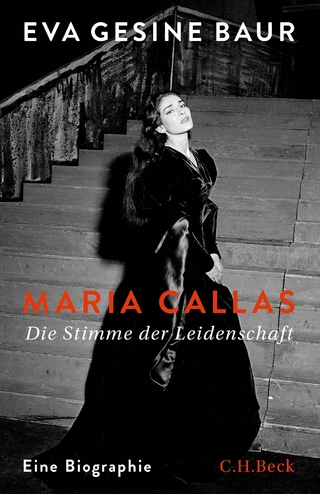
Elements of Sonata Theory
Oxford University Press Inc (Verlag)
978-0-19-977391-6 (ISBN)
Elements of Sonata Theory is a comprehensive, richly detailed rethinking of the basic principles of sonata form in the decades around 1800. This foundational study draws upon the joint strengths of current music history and music theory to outline a new, up-to-date paradigm for understanding the compositional choices found in the instrumental works of Haydn, Mozart, Beethoven, and their contemporaries: sonatas, chamber music, symphonies, overtures, and concertos. In so doing, it also lays out the indispensable groundwork for anyone wishing to confront the later adaptations and deformations of these basic structures in the nineteenth and earlier twentieth centuries.
Combining insightful music analysis, contemporary genre theory, and provocative hermeneutic turns, the book brims over with original ideas, bold and fresh ways of awakening the potential meanings within a familiar musical repertory. Sonata Theory grasps individual compositions-and each of the individual moments within them-as creative dialogues with an implicit conceptual background of flexible, ever-changing historical norms and patterns. These norms may be recreated as constellations "compositional defaults," any of which, however, may be stretched, strained, or overridden altogether for individualized structural or expressive purposes. This book maps out the terrain of that conceptual background, against which what actually happens-or does not happen-in any given piece may be assessed and measured.
The Elements guides the reader through the standard (and less-than-standard) formatting possibilities within each compositional space in sonata form, while also emphasizing the fundamental role played by processes of large-scale circularity, or "rotation," in the crucially important ordering of musical modules over an entire movement. The book also illuminates new ways of understanding codas and introductions, of confronting the generating processes of minor-mode sonatas, and of grasping the arcs of multimovement cycles as wholes. Its final chapters provide individual studies of alternative sonata types, including "binary" sonata structures, sonata-rondos, and the "first-movement form" of Mozart's concertos.
James Hepokoski is Professor of Music at Yale University. His research interests include nineteenth- and twentieth-century music, musical form, hermeneutics, and historiography. Warren Darcy is Professor of Music Theory at Oberlin College Conservatory. His book Wagner's Das Rheingold (Oxford, 1993) won the Society for Music Theory's Wallace Berry Award in 1995.
1. Contexts ; 2. Sonata Form as a Whole: Foundational Considerations ; 3. The Medial Caesura and the Two-Part Exposition ; 4. The Continuous Exposition ; 5. The Primary Theme ; 6. The Transition (TR) ; 7. The Secondary Theme (S) and Essential Expositional Closure: Initial Considerations ; 8. S-Complications: EEC Deferral and Apparent Double Medial Caesuras (TMB) ; 9. The Closing Zone (C) ; 10. The Development (Developmental Space) ; 11. The Recapitulation (Recapitulatory Space; Recapitulatory Rotation) ; 12. Non-Normative Openings of the Recapitulatory Rotation: Alternatives and Deformations ; 13. Parageneric Spaces: Coda and Introduction ; 14. Sonata Form in Minor Keys ; 15. The Three- and Four-Movement Sonata Cycle ; 16. Sonata Types and the Type 1 Sonata ; 17. The Type 2 Sonata ; 18. Rondos and the Type 4 Sonata ; 19. The Type 5 Sonata: Fundamentals ; 20. The Type 5 Sonata: Mozart's Concertos (R1: The Opening Ritornello) ; 21. The Type 5 Sonata: Mozart's Concertos (Solo and Larger Expositions: Solo 1 + Ritornello 2) ; 22. The Type 5 Sonata: Mozart's Concertos (Development and Recapitulation: From Solo 2 through Ritornello 4) ; Appendix 1. Some Grounding Principles of Sonata Theory ; Appendix 2. Terminology: "Rotation" and "Deformation"
| Erscheint lt. Verlag | 28.4.2011 |
|---|---|
| Zusatzinfo | 88 music examples, 9 line illus. |
| Verlagsort | New York |
| Sprache | englisch |
| Maße | 177 x 252 mm |
| Gewicht | 1166 g |
| Themenwelt | Kunst / Musik / Theater ► Musik ► Klassik / Oper / Musical |
| Kunst / Musik / Theater ► Musik ► Musiktheorie / Musiklehre | |
| ISBN-10 | 0-19-977391-2 / 0199773912 |
| ISBN-13 | 978-0-19-977391-6 / 9780199773916 |
| Zustand | Neuware |
| Haben Sie eine Frage zum Produkt? |
aus dem Bereich


